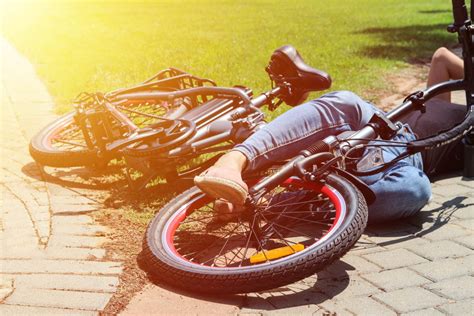Riding an electric bike can be a transformative experience, fusing the joy of cycling with the convenience of motorized assistance. However, eBike users in the UK have been sounding the alarm over a recurring and exasperating issue: motor failures attributed to water ingress. This problem has revealed itself not merely as an occasional inconvenience but as a persistent flaw that dramatically affects the usability and reliability of these otherwise exciting machines. The frequent breakdowns point to a fundamental flaw in the design and consideration of weather conditions, specifically rain, that should be expected in regions like the UK. As we delve deeper, it becomes clear that this issue exposes broader problems within the burgeoning industry of consumer electronics and transportation solutions.
This isn’t the first time we’ve seen such critical lapses in product durability. Many users—understandably—draw parallels to other consumer goods, like poorly engineered e-scooters or high-end but fault-prone refrigerators. A common thread seems to be the market dynamics encouraging manufacturers to prioritize cost-cutting over quality. Let’s not forget that the replacement of these motors is not trivial. Reports indicate that these motors can cost upwards of £700, making frequent replacements financially unviable for the average consumer. For instance, if a motor needs to be replaced five times within a two-year warranty period, the bike essentially becomes a ‘lemon’, and the consumer is stuck in a cycle of repairs and dissatisfaction.
The debate often extends beyond mere product issues, touching on a larger societal context. Many comments point out that similar complaints are rare across the Channel in the Netherlands. The Netherlands, often hailed for its biking infrastructure and culture, seems to be a beacon of quality and reliability in this domain. Residents of the UK who’ve experienced life in the Netherlands note significant differences in public infrastructure, product durability, and even user attitude towards maintenance and quality. It’s not without irony that in the
UK, things seem to be *designed* with a lower standard, almost accepting a failure-prone model as the norm. As this narrative builds, it underscores a sense of national decline—a societal condition where the expectation of failure almost becomes a self-fulfilling prophecy.
Technical aspects play a crucial role in this story. For example, many eBikes utilize Bosch motors, which are generally considered reputable. Yet, these motors face significant issues in the UK. The hypothesis is that factors like inadequate sealing against rain and road spray contribute substantially to their failure rates. Bosch motors integrated with eMountain bikes (eMTBs) and other models, despite their sophisticated engineering, often catch runoff and debris from all angles—leaving them vulnerable. Such vulnerabilities are less prevalent in Dutch-made eBikes, which boast robust designs with comprehensive mudguards and other weather-beating features.
Maintenance practices also come under scrutiny. In the UK, the culture of bike maintenance appears less ingrained, arguably because biking hasn’t been part of everyday life for as long as it has in the Netherlands. Even something as simple as a well-placed fender can make a significant difference, yet it’s often overlooked. As one commentator rightly pointed out, a large proportion of issues arise from dirty water splashed by bike wheels, suggesting that better maintenance and bike path conditions could alleviate some woes. From installing full mudguards to regular cleaning akin to hot waxing chains—proactive maintenance could mitigate some of these reliability concerns.
Ultimately, the evolving narrative surrounding eBikes in the UK highlights a pressing need for better standards and practices, both from manufacturers and users. Companies must re-evaluate their approaches to manufacturing and quality assurance, especially concerning weatherproofing and long-term durability. On the consumer side, a shift towards more conscientious maintenance practices and investment in high-quality protective accessories could help bridge the reliability gap. As much as eBikes stand at the intersection of cutting-edge technology and environmental sustainability, addressing these endemic issues will be crucial if they are to sustainably revolutionize everyday transportation across diverse climates and markets.


Leave a Reply